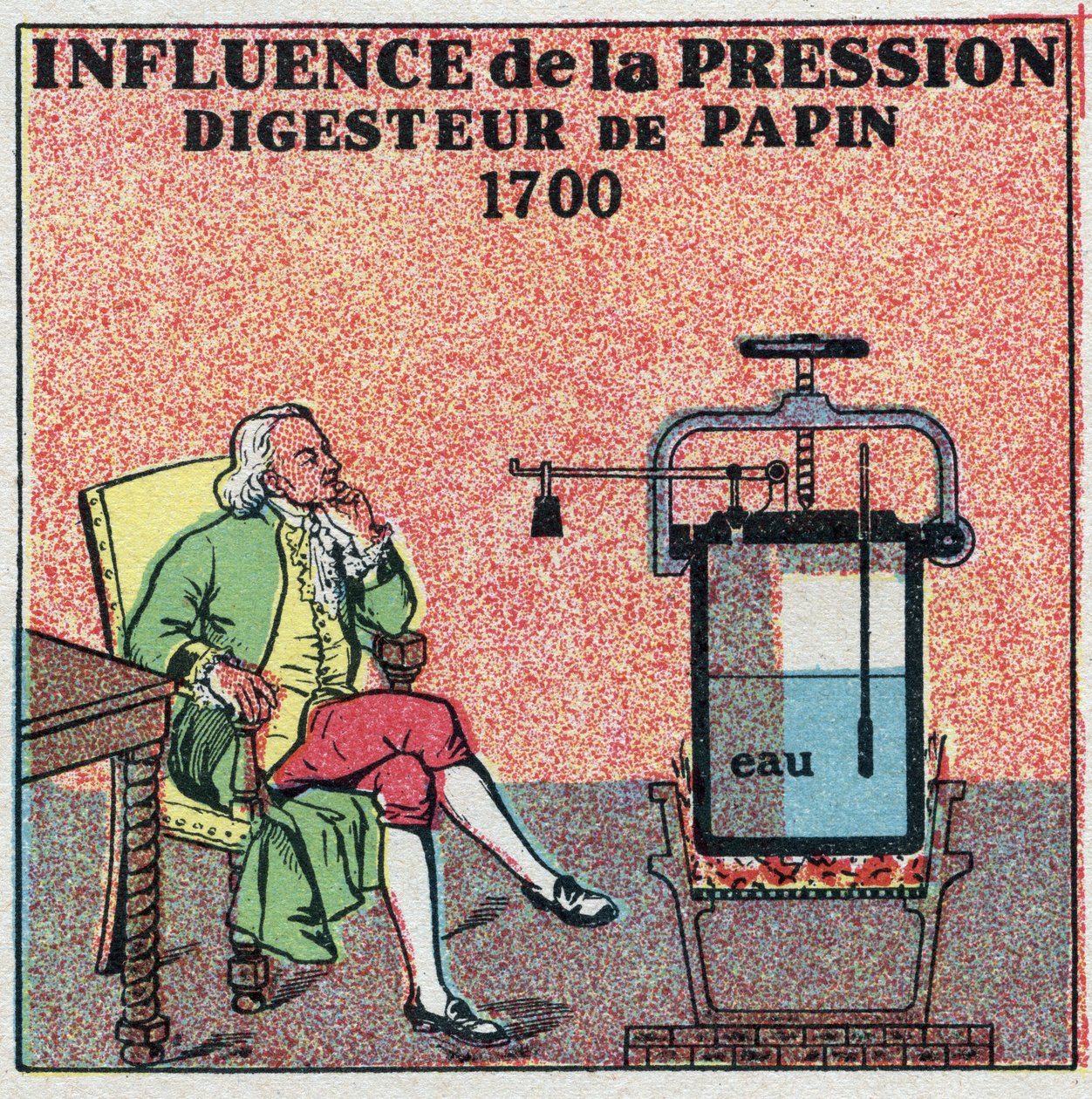-
×
- Home
- Art Prints ▸
- Artists ▸
- Categories ▸
- Art Styles ▸
- Picture Frame ▸
-
Print media ▸
- All print media
- Canvas Leonardo (satin)
- Canvas Salvador (matte)
- Canvas Raphael (matte)
- FineArt Photo Matte
- FineArt Photo Satin
- FineArt Photo Baryte
- FineArt Photo Glossy
- Watercolor Cardboard Munch
- Watercolor Cardboard Renoir
- Watercolor Cardboard Turner
- Watercolor Cardboard Dürer
- Natural Line Hemp
- Natural Line Rice
- Kozo White, 110g
- Kozo Natural, 110g
- Inbe White, 125g
- Unryu, 55g
- Bamboo, 110g
- Premio Unryu, 165g
- Murakumo Natural, 42g
- Bizan Natural, 300g
- Bizan White, 300g
- Aluminum composite 3mm
- Acrylic glass 5mm
- Order Sample Set
- Which print medium fits?
Canvas
Photo Paper
Watercolor Board
Natural Line
Japanese Paper
Special Media
More information
-
Help & Service ▸
- Contact us
- Sell your art
- Frequently Asked Questions
- Open Positions
- Complaint
- Order Samples
- Order Vouchers
- Shipping costs
- Production time
- Sustainability
- Image research
- Special requests
- Who are we?
- Pricing policy
- Company policy
- Quality promise
- Stretcher frame
- Passe-partouts
- Decorative frames
- Glazing
- Fillets
- Mounting systems
- Print media
- Care tips
- Imprint
- T & Cs
- Data protection
- Right of Cancellation
Info & Service
More information
Worth knowing
Legal information
- Shop ▸
- Contact




.jpg)
_-_engraving_deb_20th_century_-_(MeisterDrucke-991118).jpg)
_in_1657_An_-_(MeisterDrucke-918312).jpg)
.jpg)
.jpg)
.jpg)
.jpg)
_in_1830-1831_using_-_(MeisterDrucke-916118).jpg)
_studies_the_elasticity_of_the_-_(MeisterDrucke-1047815).jpg)
.jpg)
_(1_-_(MeisterDrucke-918271).jpg)
.jpg)
.jpg)
.jpg)
.jpg)
.jpg)
.jpg)
.jpg)
.jpg)
_Anonymous_illustration_from_1_-_(MeisterDrucke-925463).jpg)
_and_Willi_-_(MeisterDrucke-929489).jpg)
_Anonymous_illustration_fro_-_(MeisterDrucke-1048084).jpg)
.jpg)
.jpg)
_Volta_(1745-1827)_presented_in_-_(MeisterDrucke-916122).jpg)
.jpg)
_in_-_(MeisterDrucke-1048058).jpg)
.jpg)
.jpg)
.jpg)
_and_her_two_sons_Marcel_and_Robert_(1873-1935_-_(MeisterDrucke-1068680).jpg)
.jpg)
_German_philosopher_-_(MeisterDrucke-1053967).jpg)
.jpg)
_above_the_Hunaudiere_-_(MeisterDrucke-921584).jpg)
.jpg)
.jpg)
_agains_-_(MeisterDrucke-1061195).jpg)
.jpg)
_-_(MeisterDrucke-1052447).jpg)
_-_Adelaide_of_Italy_-_also_call_-_(MeisterDrucke-1047345).jpg)
.jpg)
_linen_sheet_showing_traces_-_(MeisterDrucke-1058148).jpg)
.jpg)
.jpg)
.jpg)
 Surrounded by her Ladies-in-Waiting 1855 - (MeisterDrucke-100747).jpg)
_-_Pillars_of_Creation_(NIRCam_and_MIRI_Composite)_-_(MeisterDrucke-1429802).jpg)
.jpg)
.jpg)
.jpg)
.jpg)
.jpg)
.jpg)
.jpg)
.jpg)
.jpg)
.jpg)
.jpg)







